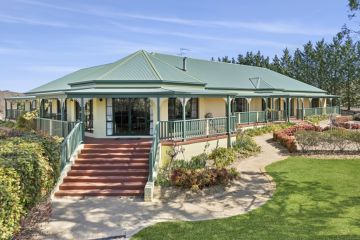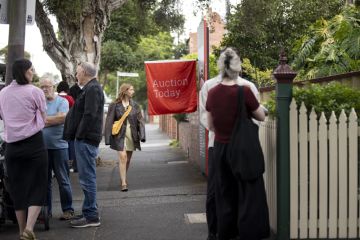Three non-traditional ways to get a foot in the property market
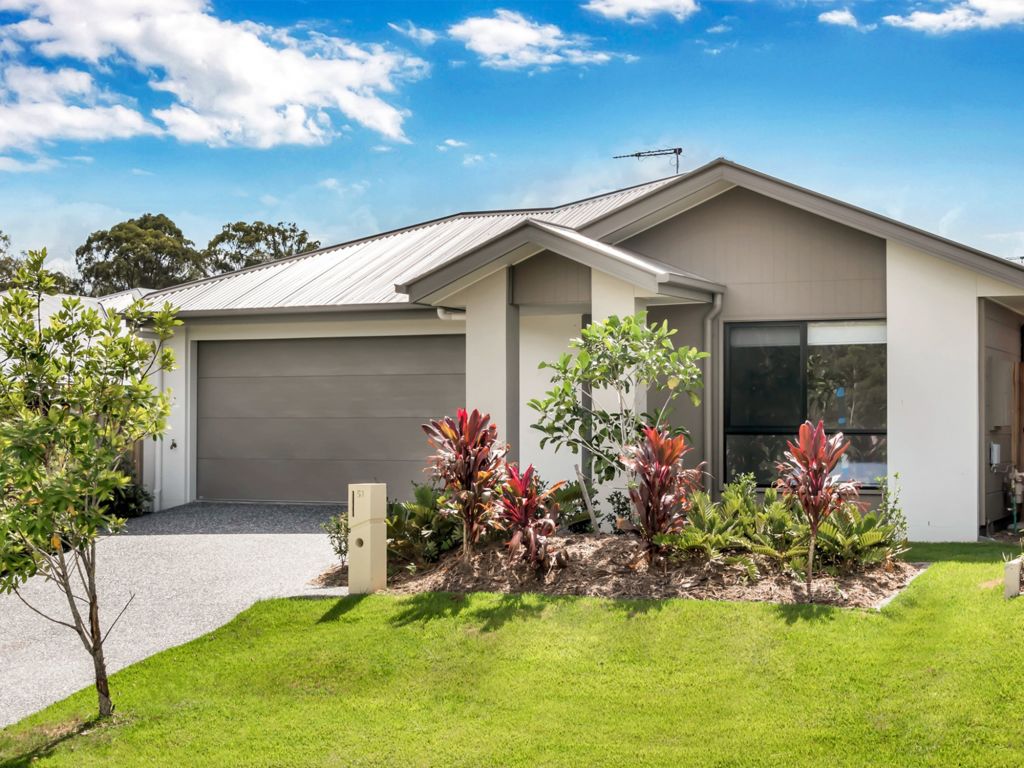
As property prices around Australia trend upwards and competition for available homes heats up, many hopeful buyers are being priced out of the market.
The surging prices have prompted some to think outside the box and explore less traditional ways of purchasing property. We explore some of the options.
Rent-to-own schemes
“Rent-to-own” or “rent-to-buy” schemes allow renters to purchase a home at the end of an agreed lease period.
These schemes offer a way to enter the housing market without a huge deposit, with the accrued rent taken off the final sale price.
The future sale price is agreed on at the beginning of the leasing agreement, so it’s possible to buy the property at less than the market value if the market rises.
But there are a few risks. If the property market takes a dive, the renter could pay more for the property than what it’s worth. If the current property owner defaults on mortgage repayments, they could lose the property and so could the renter. And if the renter defaults on a payment, they could void the contract and lose the money invested in the home.
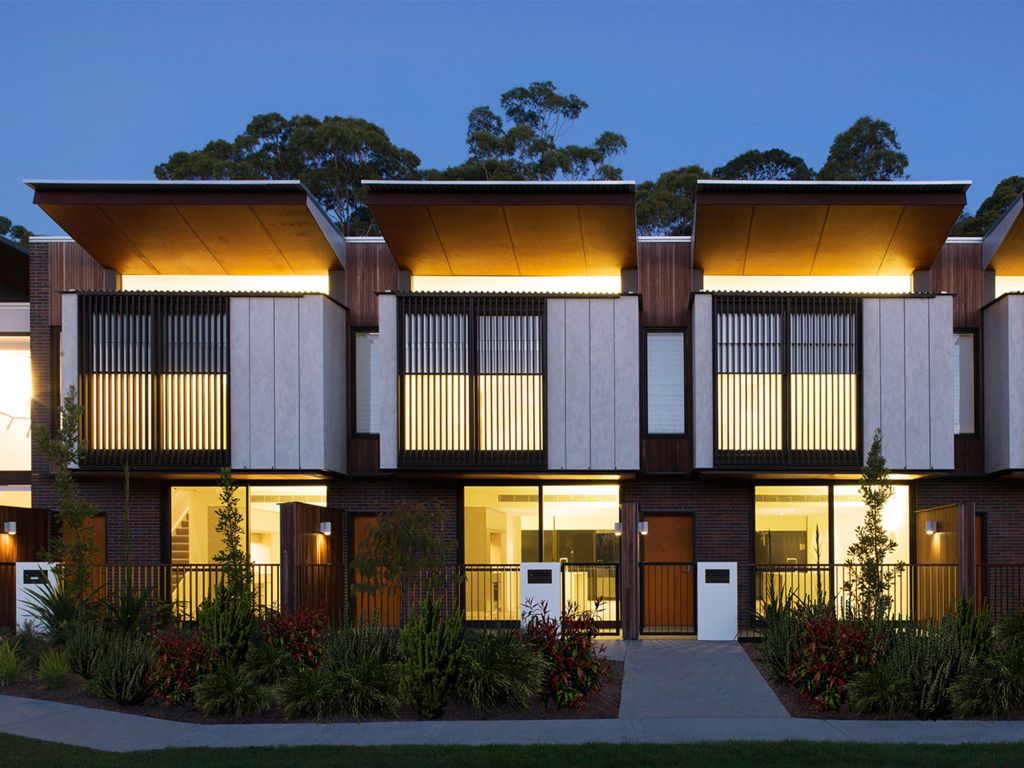
At the end of the leasing period, there’s also the risk of the bank refusing to grant the mortgage, so it’s important to do your research and seek legal advice before entering into a contract.
“You don’t own the property in a rent-to-buy scheme. So if you’re unable to make the rental payment, the contract may be terminated, leaving you without a home,” says mortgage broker Nathan Smith from Birdie Wealth.
Investing in defence housing
Defence Housing Australia (DHA) currently has over 12,500 properties leased from private investors. That means about 72 per cent of its total properties is rented from individuals around the country.
Guaranteed rent for three to 12 years, even when the property is empty (provided it is habitable), is a massive drawcard for this type of investment. As the occupants are Australian Defence Force families, there are no advertising or re-letting costs. DHA will take care of the property while empty, conduct all rental inspections and fix non-structural issues such as a leaking tap.
Investors can lease their existing property to DHA or buy a DHA property and lease it back to them, with new properties released each fortnight and sold via a ballot system. A range of properties is available to suit different investment goals and budgets, and are available to view online.
The sheer convenience of this type of investment is its biggest attraction for investors. DHA offers a flat management fee of 16.5 per cent, including GST, for free-standing houses and 13 per cent for properties covered by body corporates.
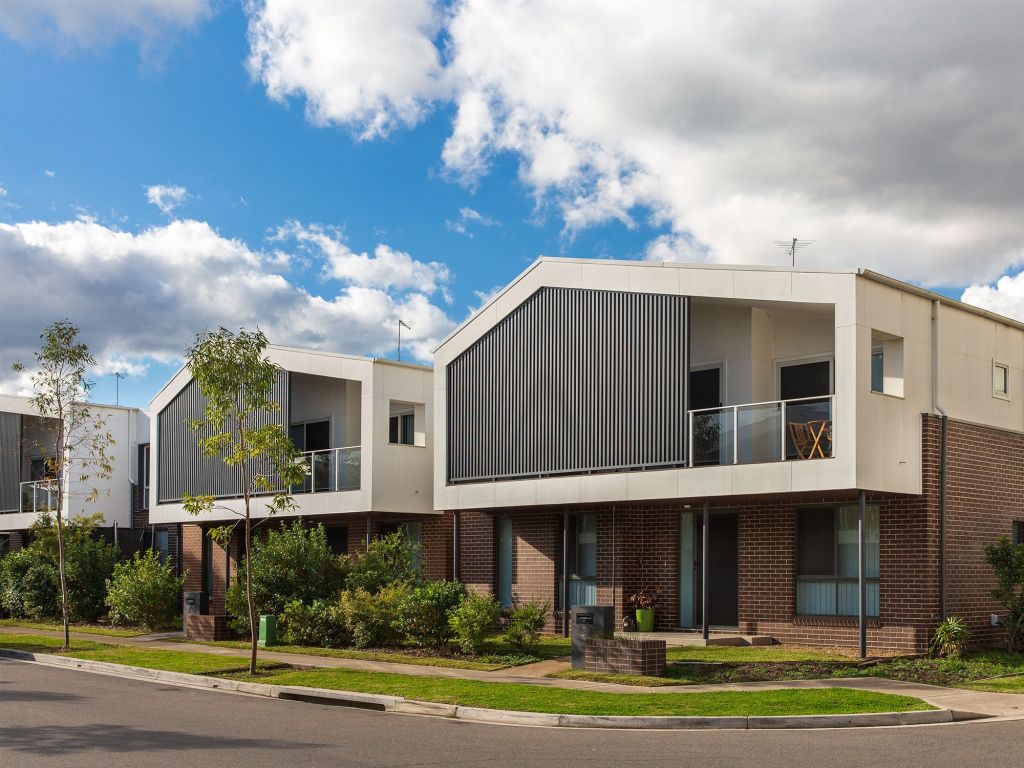
Shared ownership models
Shared equity is when a third party (called an equity partner) contributes to purchasing a property, but not the mortgage repayments. The third party could be a state government, non-profit organisation or a private individual, such as a friend or family member.
The cost of the property is less because someone else contributes to it, and over time they can be bought out. However, when it comes to the sale of the property, the equity partner typically gets the same proportion of the sale that they contributed.
Shared equity ownership isn’t as common in Australia as in other countries and it might be difficult to find an equity partner and bank who’ll support it.
Co-ownership is another way of sharing the purchase of a property. It’s a more affordable way to enter the property market as all costs are shared between friends, family or even co-workers. Rates, mortgage repayments, repairs, maintenance and renovations are split between the owners.
It’s important to get a watertight co-ownership agreement in place in case relationships or finances don’t go to plan.
“Often, the exit strategy is forgotten about,” Smith says. “As the two owners hit different life milestones at different times, it’s unlikely both parties are wanting to sell their home at the same time.”
We recommend
States
Capital Cities
Capital Cities - Rentals
Popular Areas
Allhomes
More


